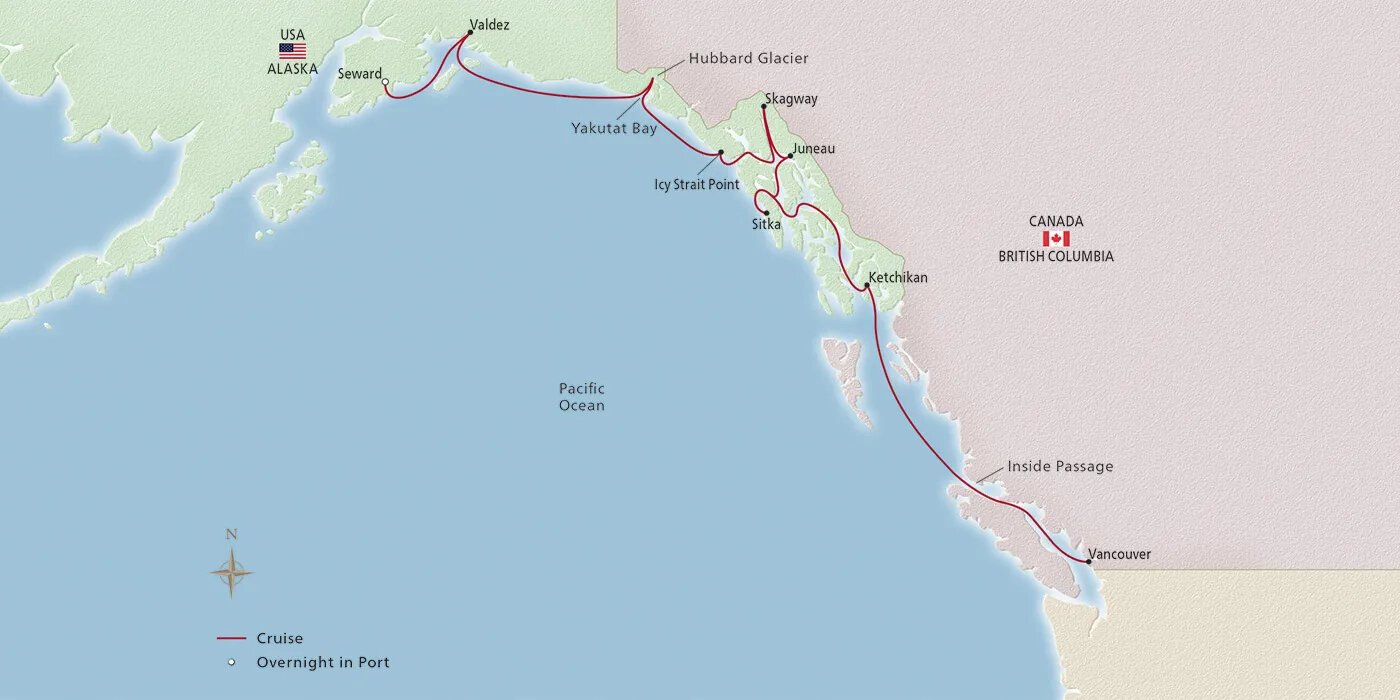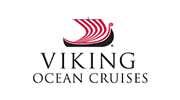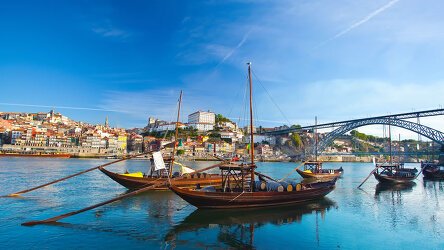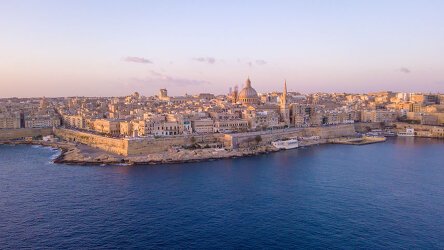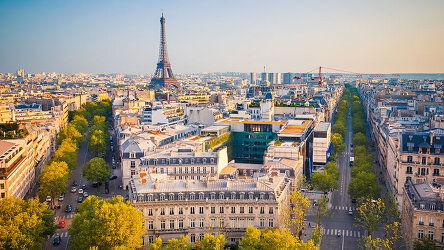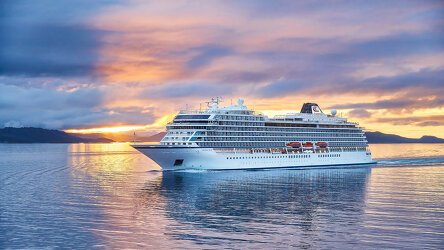Overview
Itinerary
Embark your ship and settle into your stateroom. Seward enjoys a magnificent setting between snowcapped peaks and Resurrection Bay, a pristine harbor ringed by mountains. The Alaskan city was named after Abraham Lincoln's secretary of state who defied public opinion to pursue the purchase of Alaska from Russia. Seward is steeped in marine culture, from its busy fishing port to the excellent exhibits and preservation efforts of the Alaska SeaLife Center. It is also the famed starting point of the Iditarod Trail, the dogsled race route originally laid to link Seward to inland Alaska.
On the outskirts of Seward lies the Kenai Fjords National Park, offering a superb base from which to kayak, take a boat ride or a hike through breathtaking scenery. Rich marine life resides in these waters, home to sea otters, porpoises, sea lions and a variety of whale species. The Harding Icefield is the park's crowning glory, offering several hundred miles of icy peninsula that is up to a mile thick, and is one of four major ice caps in the Unites States. Active glaciers carve and tumble into the sea with a thundering roar as spectators watch in awe.
Valdez enjoys a breathtaking setting at the tip of a deep-cut fjord in Prince William Sound. The glacial Chugach Mountains rise up all around the city, adding to its scenic allure. In its early days, the promise of gold attracted explorers and seekers of wealth, but the land proved barren. The town finally experienced its economic boom as North America's northernmost ice-free port. Today, it is the southern terminus of the Trans-Alaska Pipeline that carries oil south from Prudhoe Bay on the Arctic coast.
Surrounded by glacier-carved mountains and fed by the enormous Hubbard Glacier, Yakutat Bay spreads some 18 miles across at its widest point. On calm days, snow-covered slopes are reflected in the mirror-like bay, casting the entire scene in a soft, icy azure glow. Disenchantment Bay extends farther inland like a finger; at its farthest point, Hubbard Glacier creeps seaward from its source five miles away. The ice at the water's edge began its journey from near Mt. Walsh more than 400 years ago in the early 1600s.
Icy Strait Point is a re-created village outside the small town of Hoonah, a thriving Tlingit community. A former canning and packing station in a coastal woodland setting, Icy Strait Point is steeped in Native American heritage. The charming island hamlet has been beautifully restored by the local Tlingit people to its original character, offering visitors unique insight into traditional life in an Alaskan fishing village. Today, the old canning station is a museum chronicling salmon and subsistence fishing.
Skagway was once the gateway to the gold-rich Canadian Yukon and is set in a stunning glacial valley. One remnant of its mining past is the narrow gauge railway that follows the original Yukon trail to the historic White Pass high in the surrounding mountains. Completed in 1900 as a means of transit for prospectors to reach goldfields during the Klondike gold rush, the route is preserved as a heritage railway. About 100 of the town's buildings date from the gold rush era. Legend says that the town was named for a mythical woman who turned herself to stone at Skagway's bay.
Juneau is the only capital of the continental US that is inaccessible by car. The dramatic fjord-like terrain of steep, rugged mountains and vast glaciers isolates the city, creating a remote setting with limited access from the rest of the mainland. Its seclusion along the scenic Gastineau Channel also makes it one of the most picturesque cities in the world. In ancient times, the Auke and Taku Tlingit tribes fished these waters. Their descendants have kept artistic and cultural traditions alive throughout a long history of European and Russian explorations.
Sitka has long been inhabited by the indigenous Tlingit people. Fur trading brought Russian settlers here in 1799 as part of a colonial merchant company. The town grew to become the capital of Russian Alaska, and remains of those days can be found in the Russian Orthodox Cathedral and the Russian Bishop's House, the latter built by the Tlingit with guidance from Finnish carpenters in the 1840s. Today's Sitka is a delight to explore by foot, its streets dotted with inviting art galleries displaying artwork inspired by the region's natural beauty and rich heritage.
Ketchikan is set among the soaring coastal mountains and sloping woodlands of the Tongass National Forest. The gateway into America's 49th state, it is known to travelers journeying north by ship as Alaska's “First City” and the “Salmon Capital of the World” for its thriving fishing industry. Ketchikan also embraces its rich and enduring Tlingit heritage; it is home to the most standing totem poles anywhere in the world. The artful icons are sprinkled throughout the town as well as its parks and cultural centers.
Stretching some 500 miles along the Alaska Panhandle, the Inside Passage is a pristine wilderness of fjord-like channels. It winds its way through a vast maze of islands laden with emerald-green forests and strewn with glistening glaciers. Nature is at her most magnificent here, tranquil and hushed. Unspoiled waterways weave their way past tiny coastal villages and a breathtaking array of snowcapped mountains and pine-covered hills. Sea lions and otters reside in these waters, and moose and brown bears are often spotted as they wade along the coast.
Vancouver is one of Canada's most diverse cities and the influence of its multi-ethnic society is reflected in the city's multitude of restaurants and public settings, such as the tranquil Dr. Sun Yat-Sen Classical Chinese Garden at the heart of Chinatown. The city's cultural treasures reflect its indigenous community and embody the influence of European and Asian settlers. Its vibrant institutions run the gamut, from bustling markets to museums that chronicle the region's anthropology and rich art heritage.
Life Onboard Viking Orion
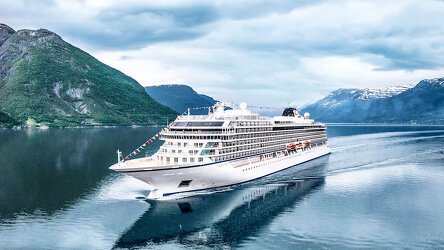
Launched in 2018, the Viking Orion is an all-veranda ship, part of a fleet of award winning, state of the art ships incorporating all the comforts & luxuries you would expect from Viking. Read more
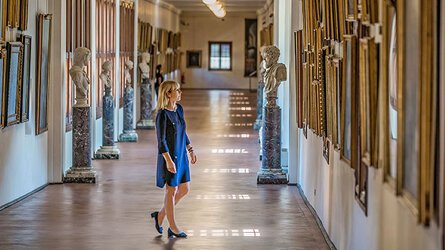
Viking are destination experts. With no casinos or children on board, you can be assured that the focus is firmly on enrichment and education. Read more

After a day of exploration or just to enhance the relaxation of a day at sea, the on-board Spa will leave you feeling recharged and revitalized. Read more

Viking offer eight on board dining options. Beer, wine and soft drinks are available with lunch and dinner at no additional charge of fee. Read more

Viking proudly includes all that you need and nothing you do not. A variety of features and services valued at $200 per person per day are standard inclusions in your cruise. Read more
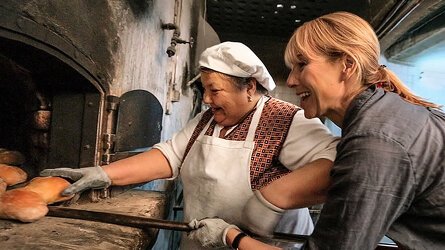
Viking include one complimentary shore excursion in every port of call. Enjoy exclusive entry to cultural treasures and seldom-seen collections around the world. Read more

Trip Reviews (5) Most Recent 'Alaska & the Inside Passage' Reviews
There are no internal cabins, they all have balconies ...read more and serviced twice a day by friendly stewards. There are two specialist restaurants, as well as the main restaurant and World Cafe which is a buffet style and has special food nights, like pasta, kebab, lobster and Asian. Unless you particularly want yo drink premium wines, those served at lunch and dinner are of good quality.
In every port there was an included tour, some were better than others. We didn’t know before we went that there would be shuttle buses in some of the ports. Would have used one in Gdańsk to do the Amber Museum instead of paying for an optional tour. Go in the morning, as we had not time to shop for amber as the heavens opened up in the afternoon. A large storm with torrential rain, lightning, flooding cut our tour short and absolutely drenched and sitting soaked through on a bus for an hour.
In Oslo, go to Museum Island on the first day in port. As we were doing an included tour in the afternoon and the ship sailed before lunch the next day, we did not have time to do this. Kon-Tiki, Explorers and Folk museums are all near each other and you can take a boat from the wharf over to the island. Scandinavian cities are all situated around a wharf area, have brightly coloured houses, lovely gardens and many souvenir shops. Sailing into the fjords is very scenic and many waterfalls cascading down from the mountains.
The Majestic Iceland cruise continued from Bergen to the Faroe Islands and around Iceland to Reykjavik. We stayed two extra days there and did three tours. The first with Arctic Adventure, who offer a combo tour - the lava tunnels and Golden Circle. The second was with Gateway to Iceland to the Rekjanes Peninsula, which is the geo-thermal area and more interesting than the commercialised Golden Circle. We stood between the two continents, the North American and European plates that are pulling Iceland apart slowly.
Tracey at Global Journeys was always in contact with us from booking to departure and answered any queries promptly. We could pay by instalments, which spreads the payments easily during the months before our trip. We have now booked several trips with Global Journeys with no problems and appreciate the discounts and attention to detail.
The service on board was excellent and all of the staff from the Captain, General Manager, Customer Relation Staff, Bar and Service staff as well all the entertainers were fantastic and made our journey one to remember. I would rather have been delayed in Tromso on board the Viking ship than up a mountain in a hut with no heating, food or drink and the bonus was we got to see the Northern Lights. Thank you Viking for a wonderful trip and the very generous discount on future cruises and I look forward to my river cruise next year. Well done everyone.
Brochure
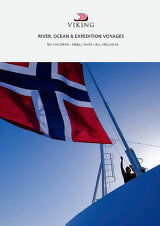
Viking River, Ocean & Expedition Voyages (2025-27)
Availability
 USD
Port charges, taxes and fees included.
USD
Port charges, taxes and fees included.
Tour & cruises prices are per person. Prices shown have savings applied, are subject to availability and may be withdrawn at any time without notice. Pricing and trip details are correct at this point in time, however are subject to confirmation at the time of booking and are subject to change by Viking. For cruise itineraries, cabin images are sourced from Viking. These should be treated as indicative only. Cabin inclusions, upholsteries and room layout may differ to the image(s) shown depending on the ship selected and your sailing dates.



